Peace Corps Alumni in Camphill
What do the Peace Corps and Camphill have in common?
A lot, it turns out.
Since she was a teenager, Liz Buttram has wanted to travel, help the Earth, and lend a hand to those in need. So after graduating with a degree in Natural Resource Management, she began her Peace Corps service in September, 2019 in the Mankono Ba community of Senegal. As an AgroForestry Volunteer in the environmental sector, Buttram learned to speak Mandinka and worked on projects such as starting tree nurseries and planting trees. She loved it.
Unfortunately, the COVID-19 pandemic cut Buttram’s service short and she had to return to the U.S. in March, 2020.
“I wasn’t prepared or ready to be home, as Peace Corps is a 27-month commitment,” laments Liz. “I immediately started looking for alternative options.”
After a few options were canceled, the possibility of joining a Camphill community presented itself and within a week she was at Camphill Village Kimberton Hills in Pennsylvania working as an agricultural intern at the CSA for three months.
“I saw Camphill as a great opportunity to not only experience community living, but to live with and interact on a personal level with people with disabilities, which I’ve never had experiences with before. I also knew I would obtain a great deal of knowledge by being an agricultural intern for a biodynamic farm. I learned so much more than I expected to and made so many valuable friendships.”
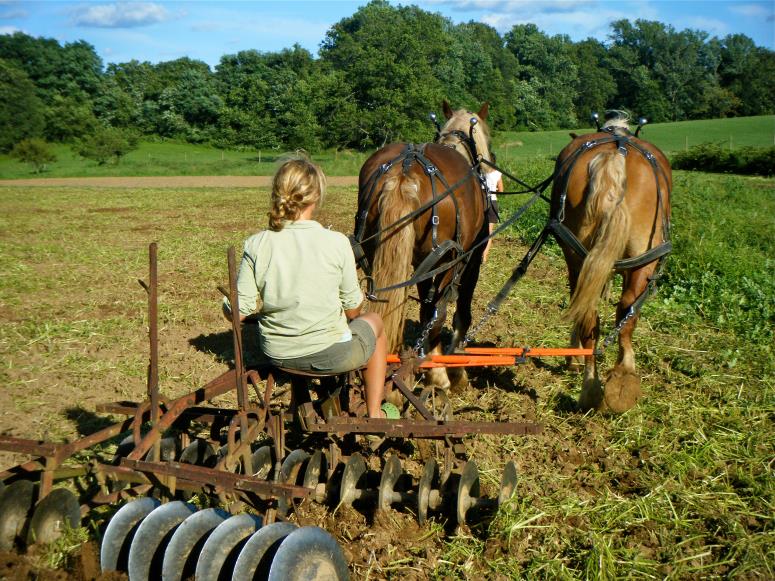
Whether you’ve completed the Peace Corps, your service was interrupted, or you’re unable to go, chances are you’re trying to figure out what’s next—and what is safe during a pandemic.
If your interest in the Peace Corps stems from an interest in social justice, exposure to different cultures, sustainability, and a desire to be part of a true community, then Camphill may be a great fit. In fact, there’s a lot of overlap between the two programs and it’s not uncommon for Camphill volunteers to have also served in the Peace Corps.
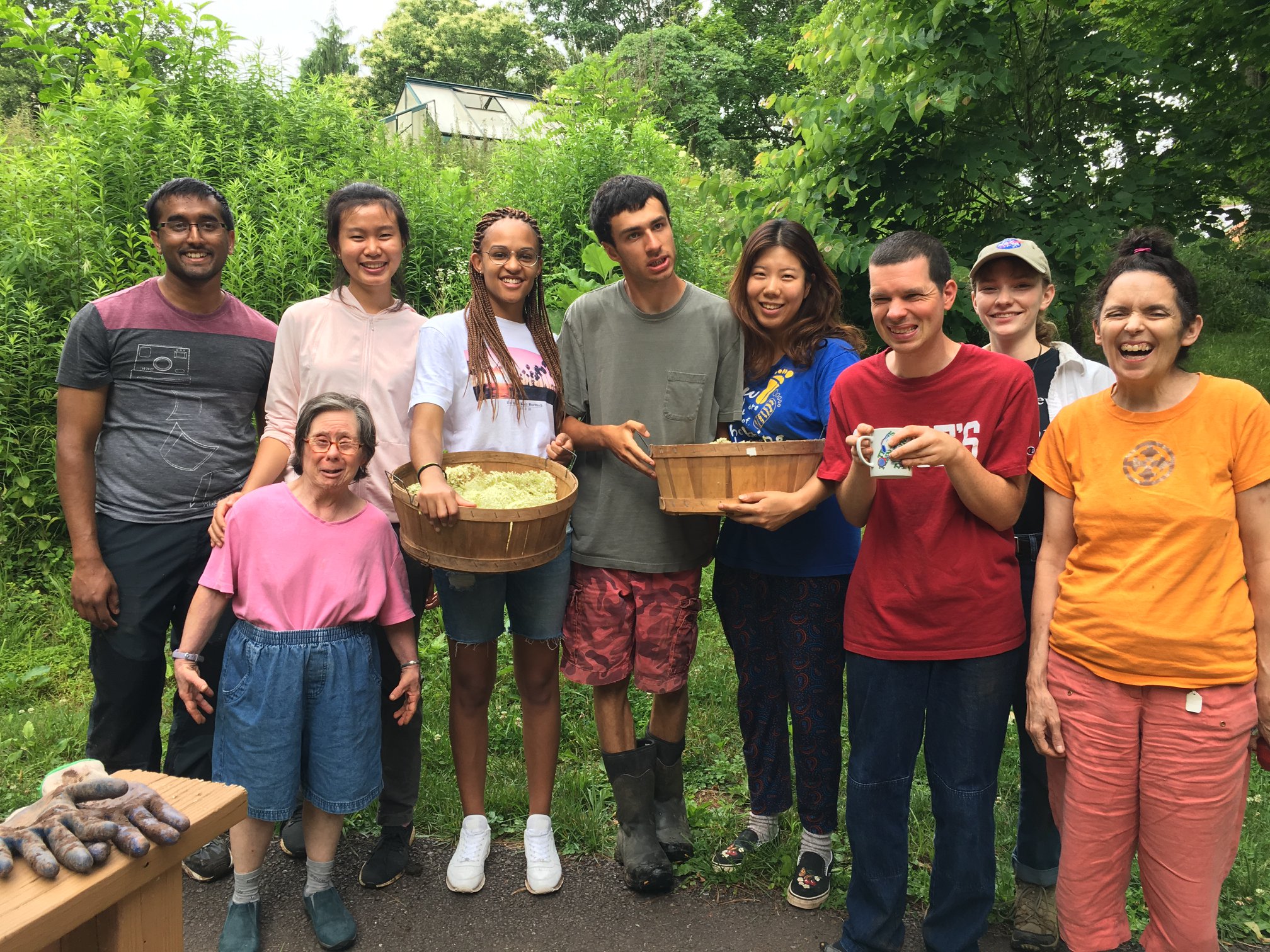
Intentional Community
Although it can be a challenge to adapt from the individualistic American lifestyle, many Peace Corps volunteers find that one of the things they most enjoy—and most miss back in the States—is being part of a tight-knit community.
When Adam Szabunio finished serving in the Fiji Islands with the Peace Corps, he spent a few months traveling and working on organic farms in Australia and New Zealand. Although it had taken some time to adapt to being immersed in foreign cultures, it was the adjustment returning home that was a surprise.
“When I came back to America I had reverse culture shock. I missed that community, I missed that ability to share that space with others.”
– Adam
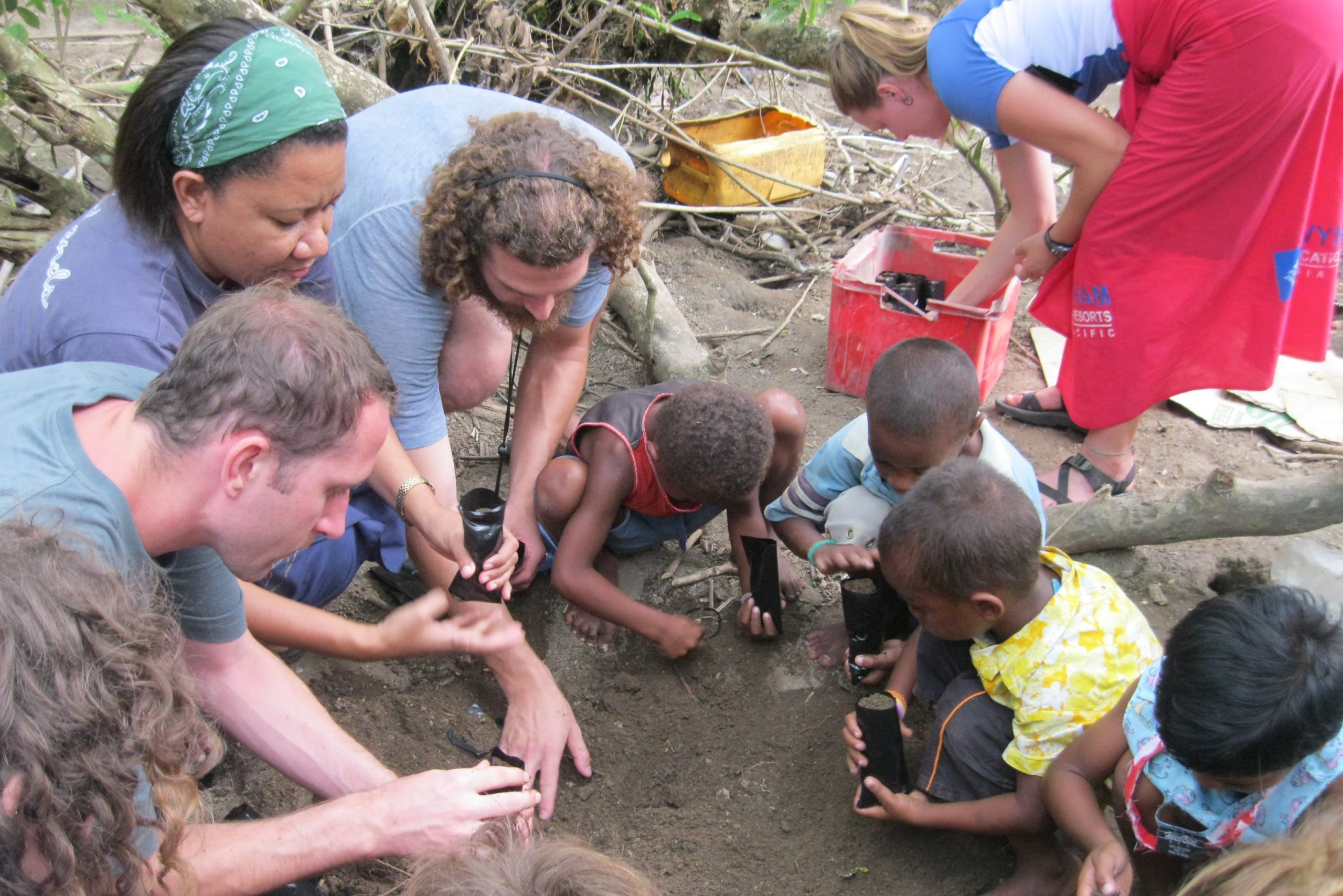
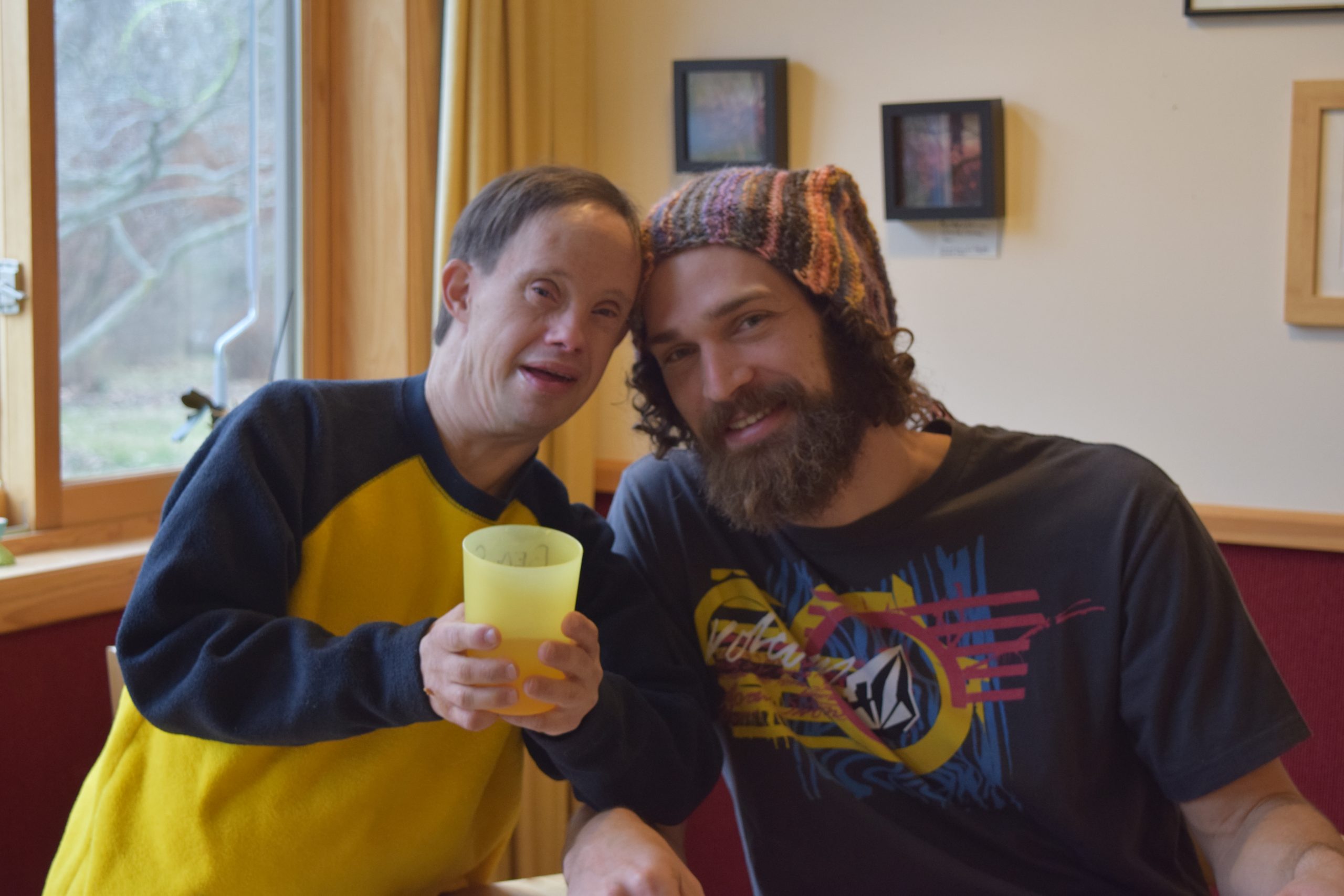
He thought about grad school, but when Adam heard about Camphill and spoke with a coworker at one of the communities, lights went off. “I was like, this is literally an intentional community. It sounded like it was going to be gratifying and fulfilling,” says Adam. “It seemed like the perfect transition for what I was seeking when I came back to the States.” And it was.
Adam was surprised to find that in many ways the openness and communal nature of a Camphill community was similar to Fiji, “which was kind of mind blowing.”
Amy Rock, who served in the Peace Corps in Morocco, feels similarly about the communities.
She did Americorps straight out of college, and started Peace Corps when she was 28. Amy didn’t immediately transition to Camphill, but four years later after starting a family and getting priced out of the Bay Area, she and her husband decided they wanted to make a change. After six years at two different Camphill communities, Amy can’t imagine living any other way.
“The whole community aspect of Camphill is very similar to the Peace Corps,” says Amy. “You’re going to feel not only the support of your household, but the support of the whole community. It really has a village feeling.” From cooking and cleaning to taking care of her kids, everyone chips in.
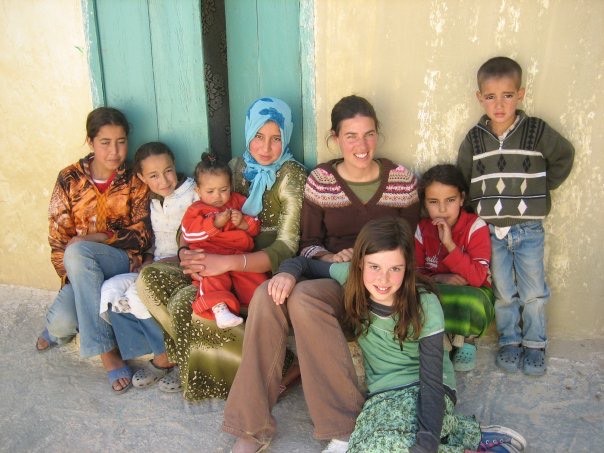
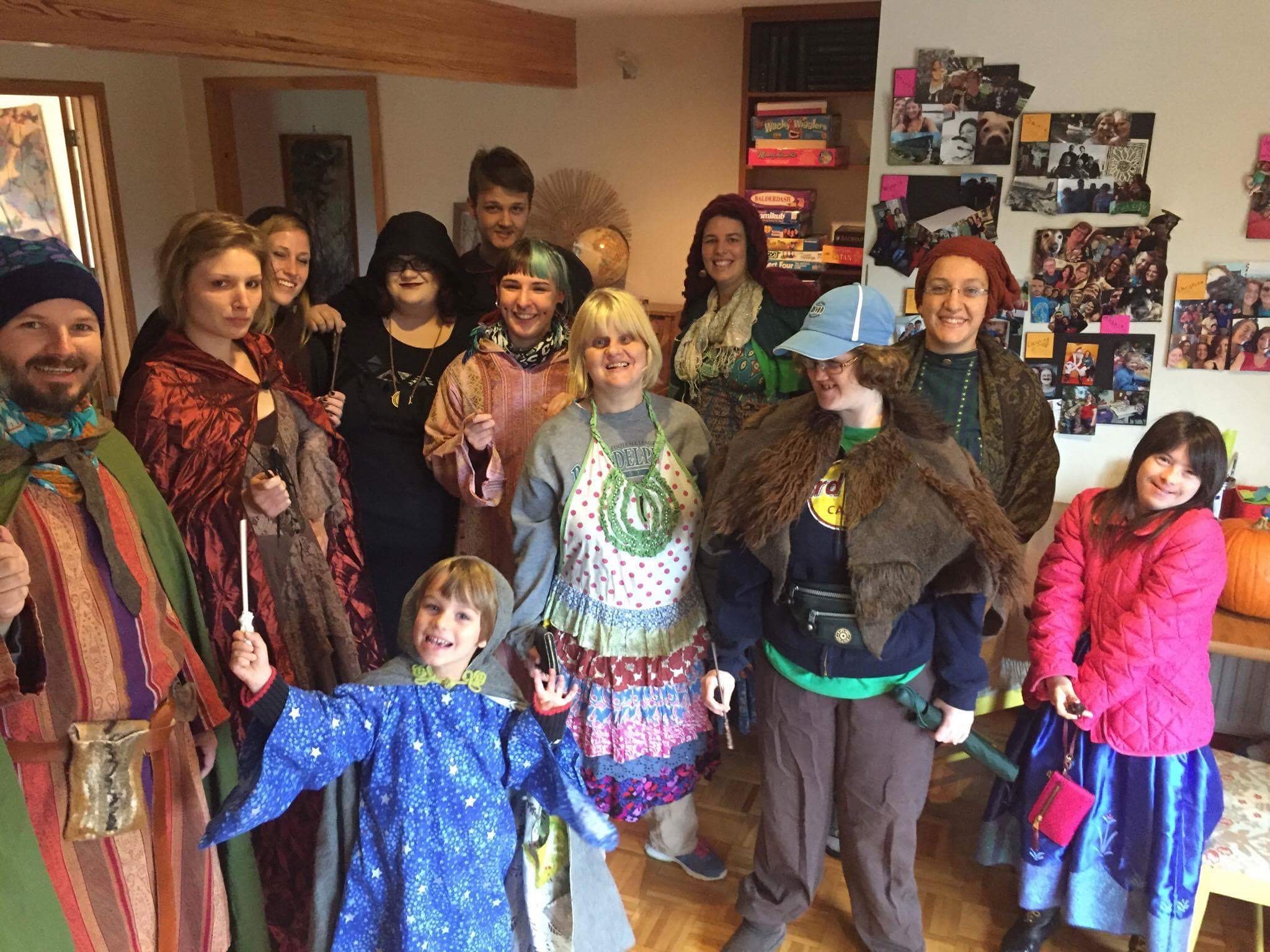
Exposure to People from All Walks of Life
Many people are attracted to the Peace Corps at least in part for the opportunity to travel and be immersed in a new culture.
Although the U.S. Camphill communities are domestic, they attract volunteers from around the world, creating a truly diverse and multicultural environment.
Amy, who now resides at Camphill California, says she and her husband are the only American long-term coworkers there at the moment. “I enjoy that a lot. I like Americans, but I like having people from other cultures around me,” she notes.
Ryan Gaul, who completed his Peace Corps service in Ethiopia and is now at Camphill Village Kimberton Hills has had a similar experience. In fact, he says that his life now is filled with more diversity and community spirit than when he was abroad. “I was the diversity in Ethiopia,” says Ryan. “I never fully integrated into the community. I tried my best to be a good neighbor, but I was never going to really be mistaken for who I am—a tall, white, American man. In Camphill, there are people from all around the world here.”
With 12 Camphill communities spread across the United States, there is also the opportunity to experience living in a part of the country that is entirely new to you.
Plus, there’s great variety within the Camphill communities, which means it’s easy to find one that is just the right fit. Some are cozy with only a few dozen residents, while others are home to hundreds. There are schools for children and youth with disabilities, communities for neurodiverse adults, and one that specializes in eldercare. Depending on the setting, there are opportunities to work in biodynamic farming and gardening, a wide variety of craft studios, artisan baking, teaching, and much more.
Adam points out that both Peace Corps and Camphill attract volunteers of all ages as well. “In the Peace Corps, the volunteers in my group ranged from straight out of college to people in their 50s. The next second year a married couple who were 63 and 65 joined,” he recalls. “It was the same at Camphill; there were people from all over the world and different cultures meshing there. You’ve got 19-year-old Germans and a Korean Buddhist nun and just a little bit of everything. You’re never too old to do either so don’t let that be an excuse.”
Social Justice
Anyone who is interested in the Peace Corps clearly feels called to do community service and make the world a better place.
As intentional communities and schools where compensated volunteers live and work side-by-side with children and adults who have intellectual and developmental disabilities, social justice is a core component of the Camphill experience.
Before and after the Peace Corps, Amy worked with individuals with disabilities in a number of settings, so Camphill was a natural fit. But many volunteers have never worked or even truly spent time with this population before arriving at Camphill and find it a delightful and fulfilling experience.
“Adults with disabilities are a joy to work with,” says Amy. “They are joyful, sweet, caring, and kind. And they are so unabashedly themselves, which is truly refreshing.”
Sustainability
Environmentalism is at the core of many Peace Corps projects, and it’s also an ethos that is integral to Camphill communities, which strive to be self-sufficient with the smallest ecological footprint possible.
Many end up at Camphill specifically looking for an experience like this. Gaul says he found and chose Camphill after the Peace Corps because he was searching for “a hands on agricultural learning opportunity on an organic diversified vegetable garden.”
The dozen U.S. Camphill communities vary in size, but most are set on hundreds of acres of sustainably managed, beautiful land. They are home to organic, biodynamic gardens and farms that feed the community. Typically everything from pieces of furniture in your shared house to the candle on your dinner table to the fresh baked bread at meals is made right there by your coworkers. There are also a handful of more urban Camphill communities that are seamlessly integrated into small cities through inspiring partnerships with neighboring non-profit organizations and local volunteers.
Debt-Free
While many international volunteer programs can cost a lot of money, Peace Corps volunteers receive financial support and assistance with higher education expenses so it’s a debt-free option.
Still, Peace Corps compensation is meager, so returning volunteers tend to seek paid and low-cost opportunities.
Although Camphill uses the word “volunteer” to describe their positions, Rock is quick to point out that it’s not the kind of unpaid, occasional volunteering Americans are used to.
Camphill volunteers get free room and board (including locally grown organic food), a monthly stipend, health insurance, and they receive student debt support. Amy says if you compared the cost of living in Santa Cruz and eating organic food with what you get at Camphill, the difference is huge.
Wherever you are on your journey, Peace Corps and Camphill are both sustainable, socially just, fulfilling options that are worth considering. As the world shifts amidst the COVID-19 pandemic and folks are isolated and increasingly leaving cities, there’s never been a better time to spend a year or more in an intentional community.
Adam agrees. “People are reassessing their values. The values are pretty dang solid at Camphill.”